Table of Contents
Guide
Microwave
Ovens
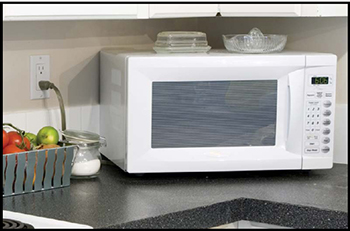
Cristie Reed
 rourkeeducationalmedia.com rourkeeducationalmedia.com |  Scan for Related Titles Scan for Related Titles
and Teacher Resources |
Before & After
Reading Activities | Level: H Word Count: 260 Words 100th word: walls |
Teaching Focus:Concepts of Print- Have students find capital letters and punctuation in a sentence. Ask students to explain the purpose for using them in a sentence. Before Reading:
Building Academic Vocabulary and Background Knowledge Before reading a book, it is important to set the stage for your child or student by using pre-reading strategies. This will help them develop their vocabulary, increase their reading comprehension, and make connections across the curriculum.
Read the title and look at the cover. Lets make predictions about what this book will be about.Take a picture walk by talking about the pictures/photographs in the book. Implant the vocabulary as you take the picture walk.
Be sure to talk about the text features such as headings, Table of Contents, glossary, bolded words, captions, charts/diagrams, or Index. Have students read the first page of text with you then have students read the remaining text. Strategy Talk use to assist students while reading.
- Get your mouth ready
- Look at the picture
- Thinkdoes it make sense
- Thinkdoes it look right
- Thinkdoes it sound right
- Chunk it by looking for a part you knowRead it again.After reading the book complete the activities below.Content Area VocabularyUse glossary words in a sentence. absorb appliance conventional energy molecules radio waves After Reading: Comprehension and Extension Activity After reading the book, work on the following questions with your child or students in order to check their level of reading comprehension and content mastery. How do molecules affect the temperature of food? (Asking questions)Why are microwave ovens helpful to families? (Connecting text to self)What are radio waves? (Summarize)What are some differences between conventional ovens and microwave ovens? (Summarize)Extension Activity Look in your freezer for packaged foods such as burritos, vegetables, pizzas, or other meals. Choose one item and look at the cooking directions. What are some ways the product can be cooked? What are the differences in prepping the food between the conventional oven and microwave oven? What are the cooking time differences? Which method would be best if you are running late for school or practice?
Cooking Gets Easier
Microwave ovens save time and effort in the kitchen. They cook food quickly and with little mess.
They are easy to use. They are small enough to fit into any kitchen space and they save . 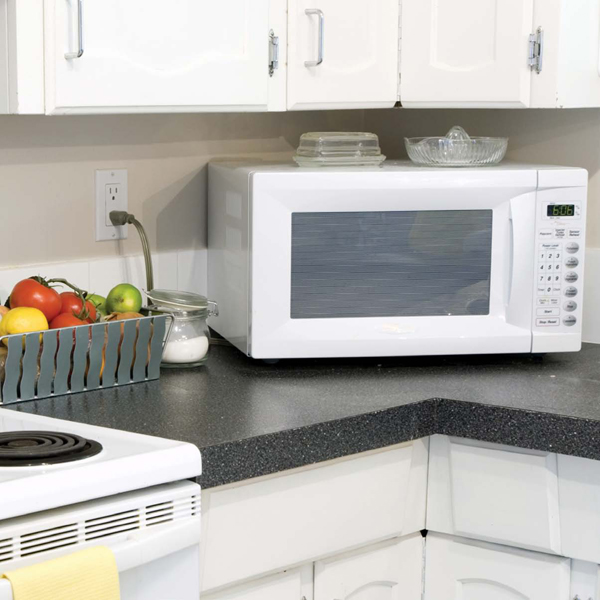
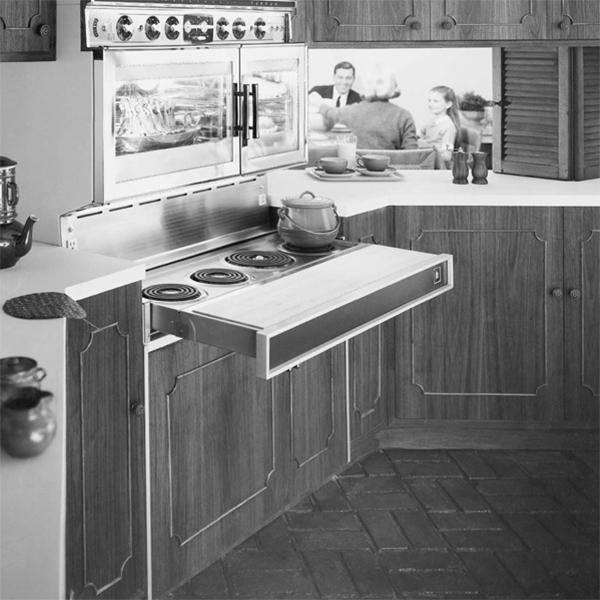 Before the 1970s, the kitchen stove was the main ways of cooking started to change! In 1950, an engineer named Percy Spencer was experimenting with electricity when a chocolate bar melted in his pocket. Spencer realized his device could be used to heat food. His mistake led to the invention of the microwave oven!
Before the 1970s, the kitchen stove was the main ways of cooking started to change! In 1950, an engineer named Percy Spencer was experimenting with electricity when a chocolate bar melted in his pocket. Spencer realized his device could be used to heat food. His mistake led to the invention of the microwave oven!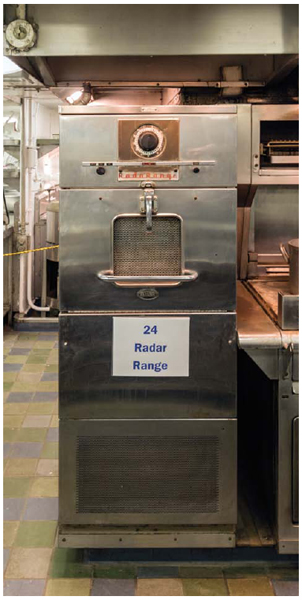 Spencers first microwave oven was about 5 feet (1.5 meters) high.
Spencers first microwave oven was about 5 feet (1.5 meters) high.
How Microwave Ovens Cook Food
Your microwave oven gets its name from the special kind of it creates.
Microwaves can be dangerous to humans. Microwaves can be dangerous to humans.
Microwave ovens are covered by strong metal boxes so no waves can escape.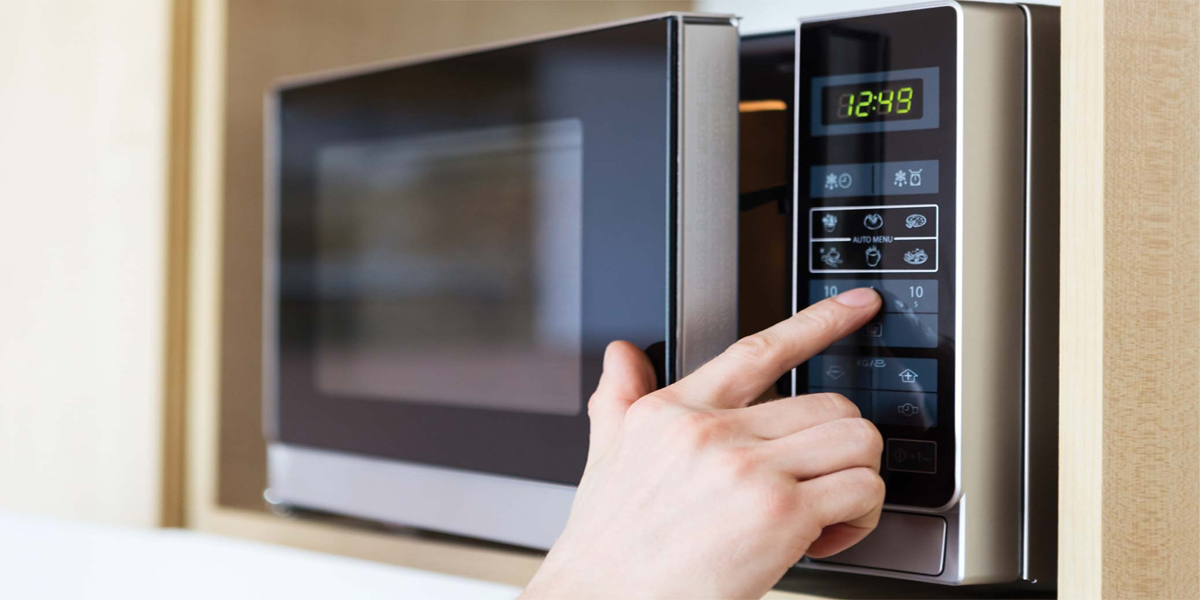 The inside of the oven is metal. The microwaves bounce back and forth off the metal walls.
The inside of the oven is metal. The microwaves bounce back and forth off the metal walls. 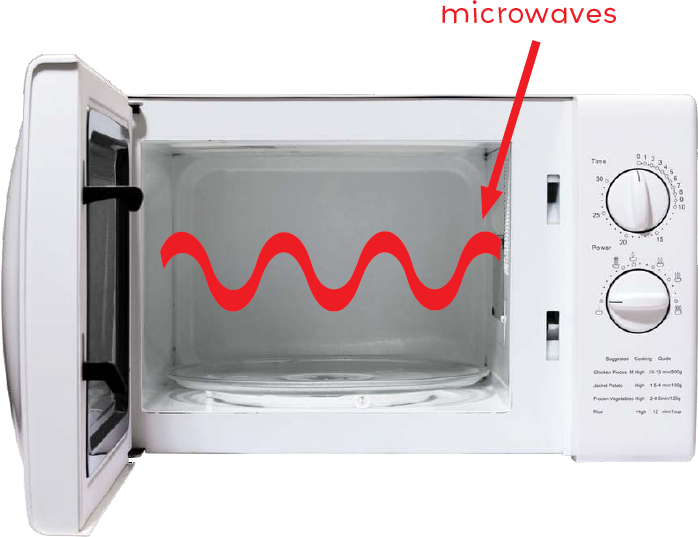 Inside every microwave oven is a special device called a magnetron. This device creates the microwaves that cook your food.
Inside every microwave oven is a special device called a magnetron. This device creates the microwaves that cook your food.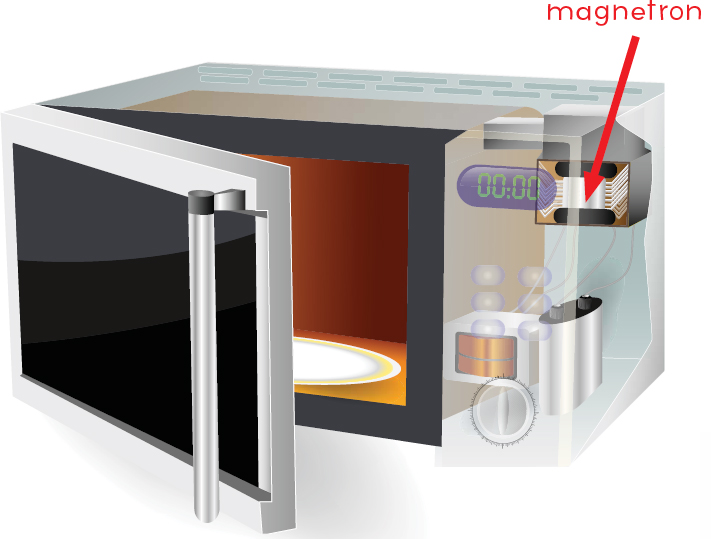 Food is placed on a turntable. It moves slowly around the oven.
Food is placed on a turntable. It moves slowly around the oven. 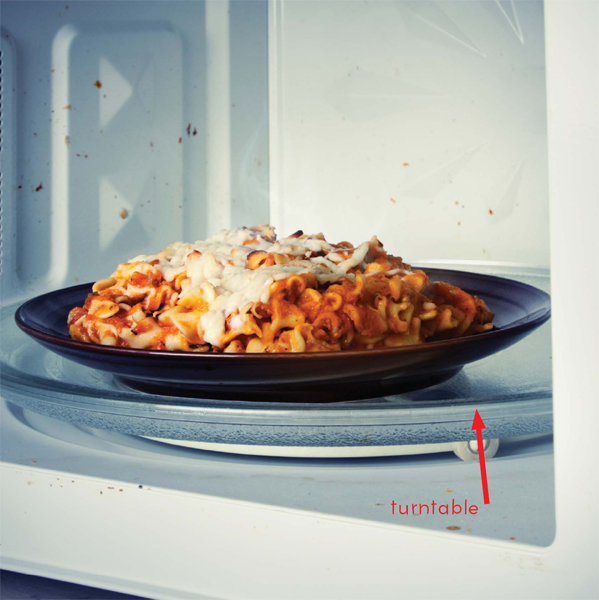 Microwaves are unique.
Microwaves are unique.  Microwaves are unique.
Microwaves are unique.
Water, fats, and sugars in foods microwaves. Microwaves are not absorbed by most plastic or glass. Metal reflects, or blocks, microwaves. 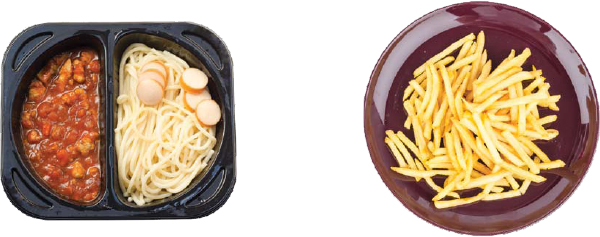 Food can be cooked in glass, plastic, paper, or ceramic containers. Never put metal inside a microwave!
Food can be cooked in glass, plastic, paper, or ceramic containers. Never put metal inside a microwave!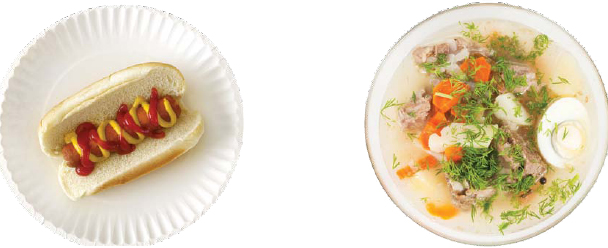 When microwaves enter food, they cause the food to move. This movement creates heat.
When microwaves enter food, they cause the food to move. This movement creates heat.
The more the molecules move, the hotter the food gets. 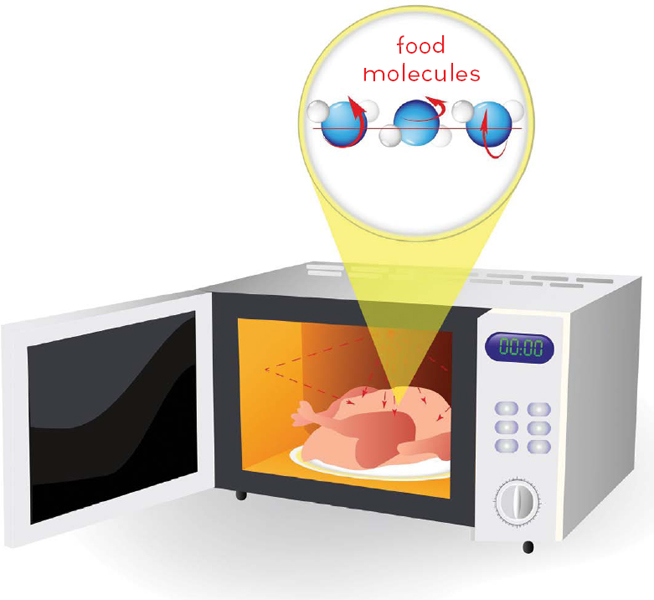
Microwave Cooking
Conventional ovens cook food with hot, dry air. Microwave ovens use waves, so the air does not get hot. In conventional ovens, heat moves from the outside of food to the middle. Microwave ovens cook food everywhere all at once.
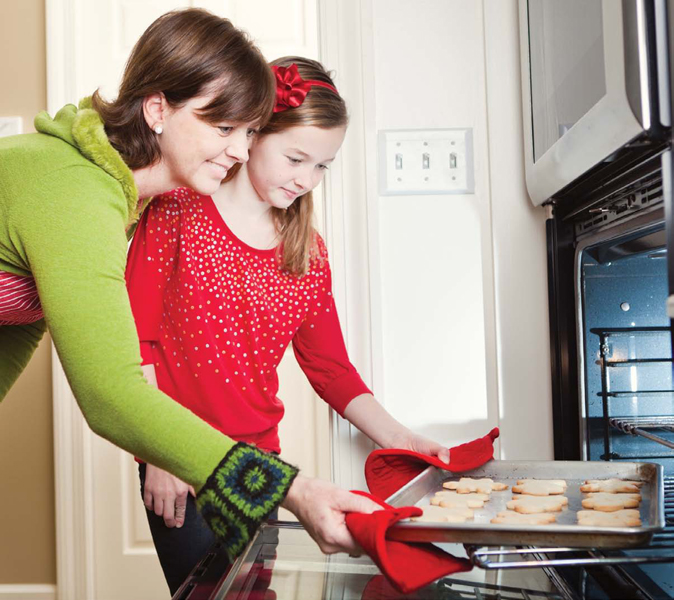 In regular ovens heat moves from the oven to the food.
In regular ovens heat moves from the oven to the food. Conventional ovens and stoves help us make great tasting food.
Microwave ovens help us when we want to save time in the kitchen. 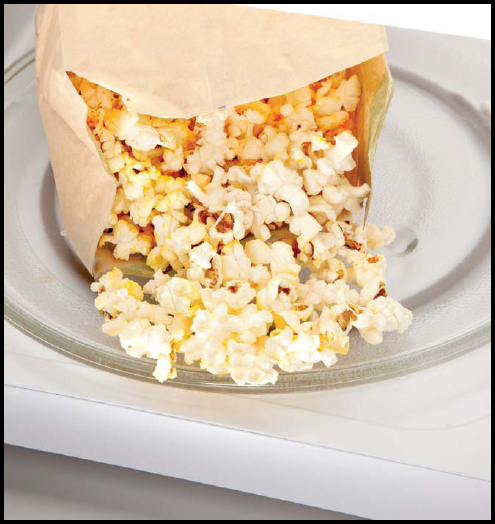 So, next time you need a quick snack, put in some popcorn and set the timer. Youll be enjoying a tasty treat in no time!
So, next time you need a quick snack, put in some popcorn and set the timer. Youll be enjoying a tasty treat in no time! 
Photo Glossary






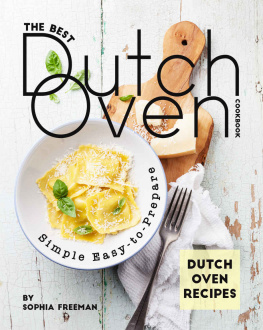

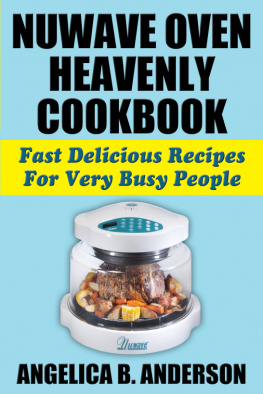

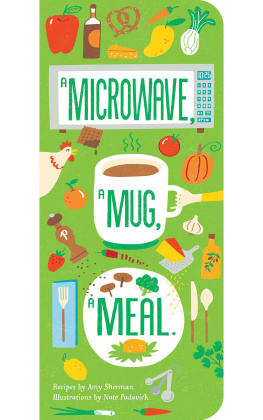

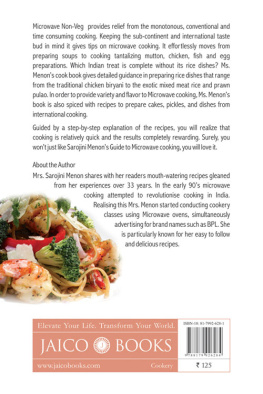
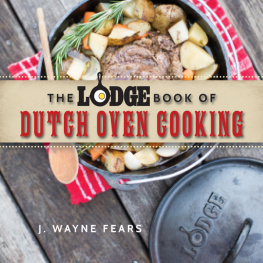
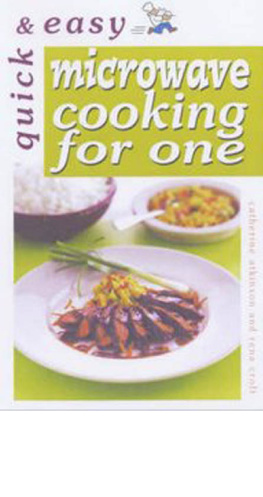
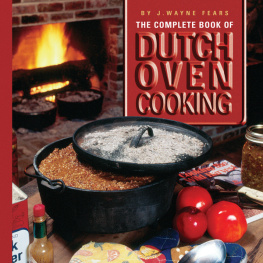
 Cristie Reed
Cristie Reed  rourkeeducationalmedia.com
rourkeeducationalmedia.com Scan for Related Titles
Scan for Related Titles
 Before the 1970s, the kitchen stove was the main ways of cooking started to change! In 1950, an engineer named Percy Spencer was experimenting with electricity when a chocolate bar melted in his pocket. Spencer realized his device could be used to heat food. His mistake led to the invention of the microwave oven!
Before the 1970s, the kitchen stove was the main ways of cooking started to change! In 1950, an engineer named Percy Spencer was experimenting with electricity when a chocolate bar melted in his pocket. Spencer realized his device could be used to heat food. His mistake led to the invention of the microwave oven! Spencers first microwave oven was about 5 feet (1.5 meters) high.
Spencers first microwave oven was about 5 feet (1.5 meters) high. The inside of the oven is metal. The microwaves bounce back and forth off the metal walls.
The inside of the oven is metal. The microwaves bounce back and forth off the metal walls.  Inside every microwave oven is a special device called a magnetron. This device creates the microwaves that cook your food.
Inside every microwave oven is a special device called a magnetron. This device creates the microwaves that cook your food. Food is placed on a turntable. It moves slowly around the oven.
Food is placed on a turntable. It moves slowly around the oven.  Microwaves are unique.
Microwaves are unique.  Food can be cooked in glass, plastic, paper, or ceramic containers. Never put metal inside a microwave!
Food can be cooked in glass, plastic, paper, or ceramic containers. Never put metal inside a microwave! When microwaves enter food, they cause the food to move. This movement creates heat.
When microwaves enter food, they cause the food to move. This movement creates heat.
 In regular ovens heat moves from the oven to the food. Conventional ovens and stoves help us make great tasting food.
In regular ovens heat moves from the oven to the food. Conventional ovens and stoves help us make great tasting food.  So, next time you need a quick snack, put in some popcorn and set the timer. Youll be enjoying a tasty treat in no time!
So, next time you need a quick snack, put in some popcorn and set the timer. Youll be enjoying a tasty treat in no time! 
